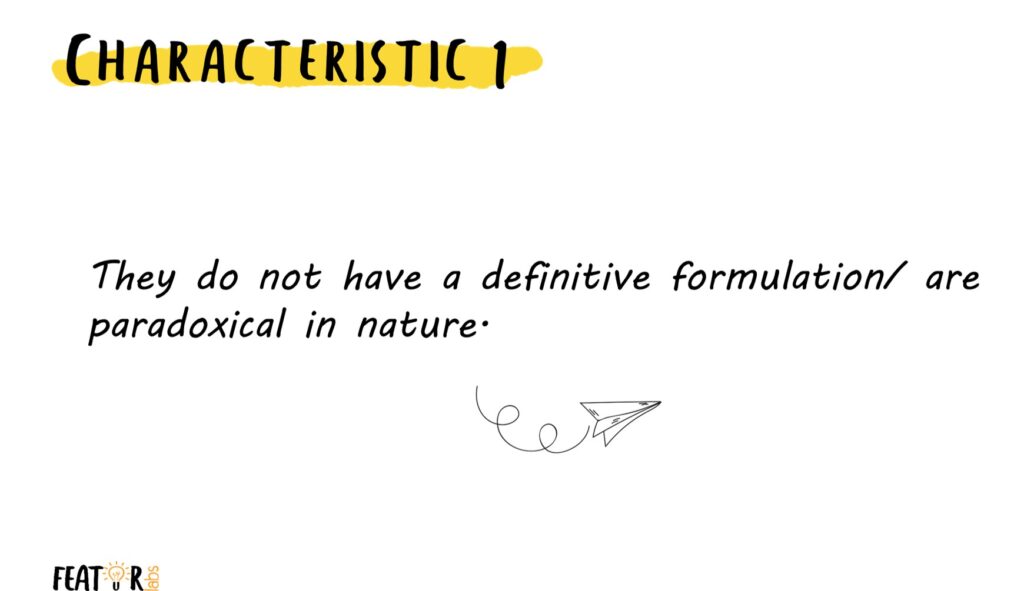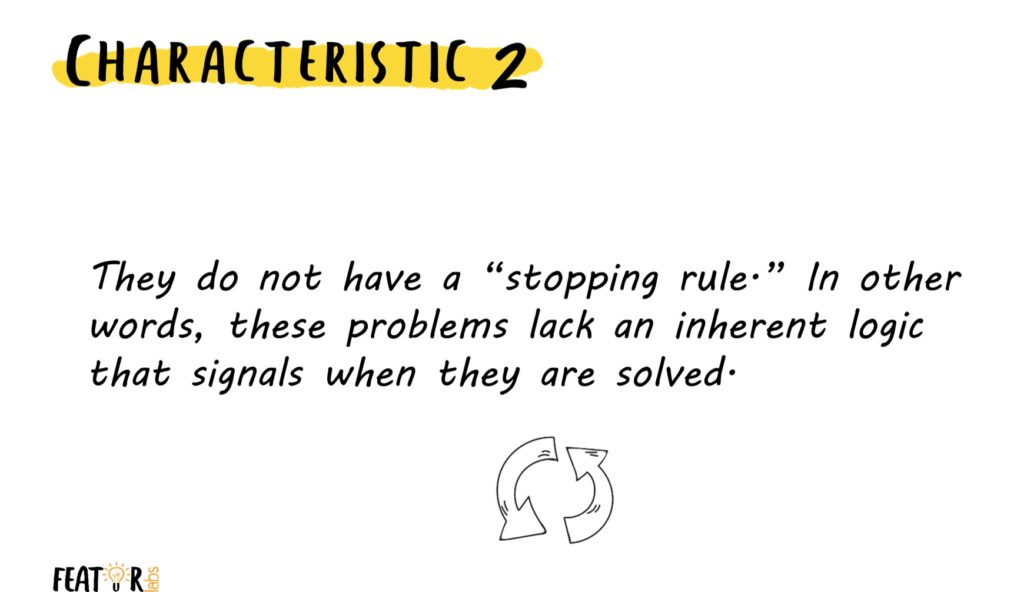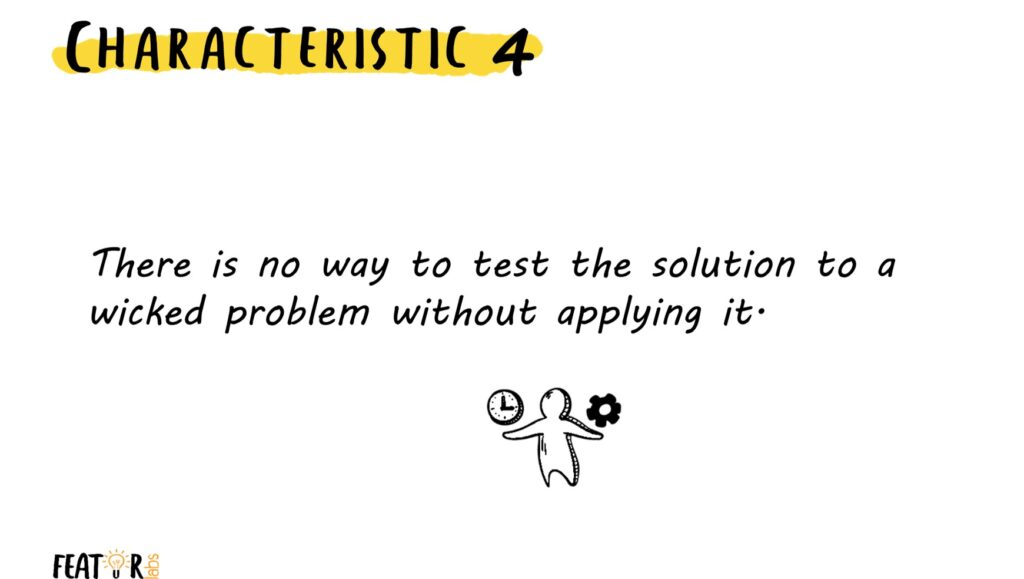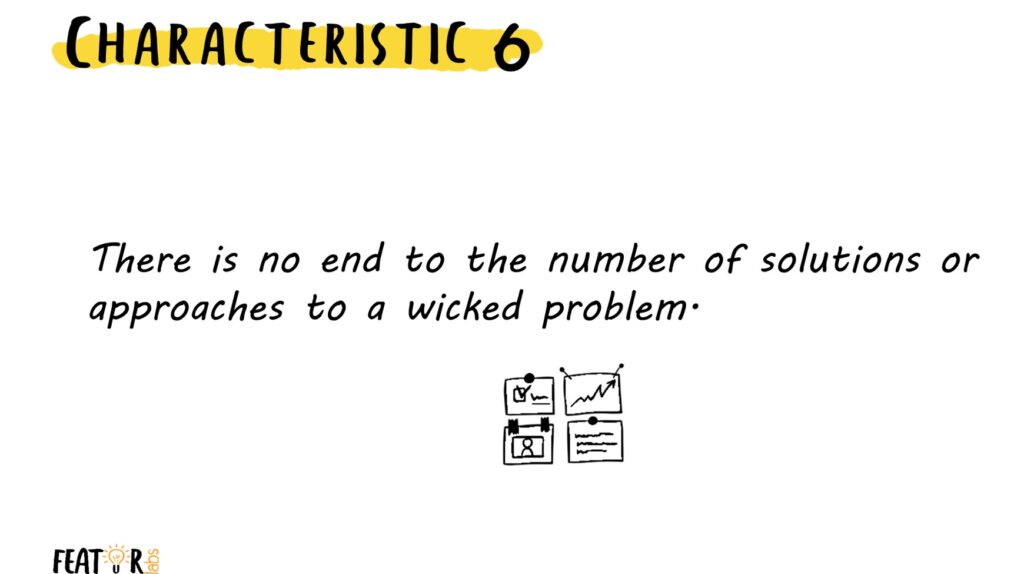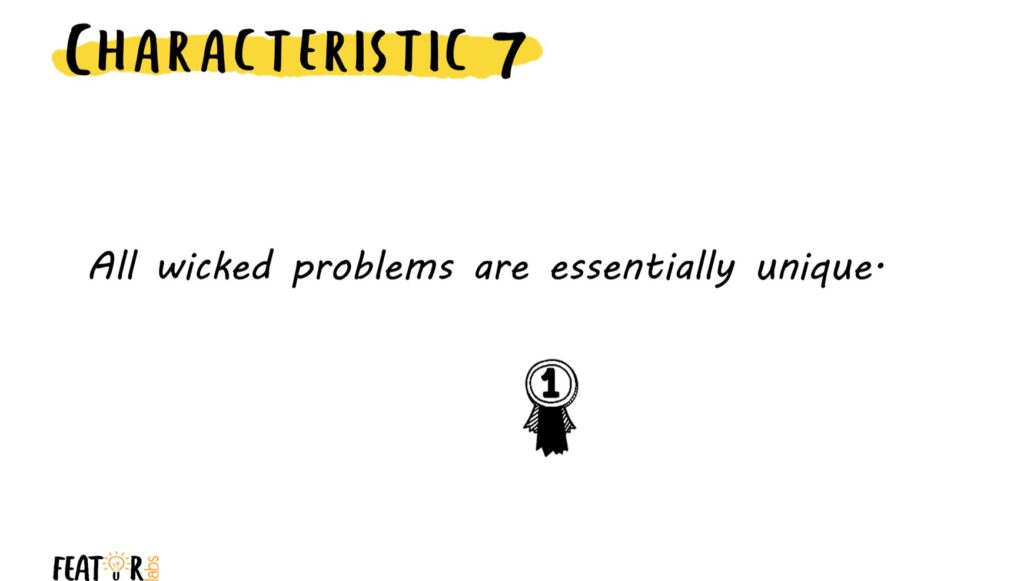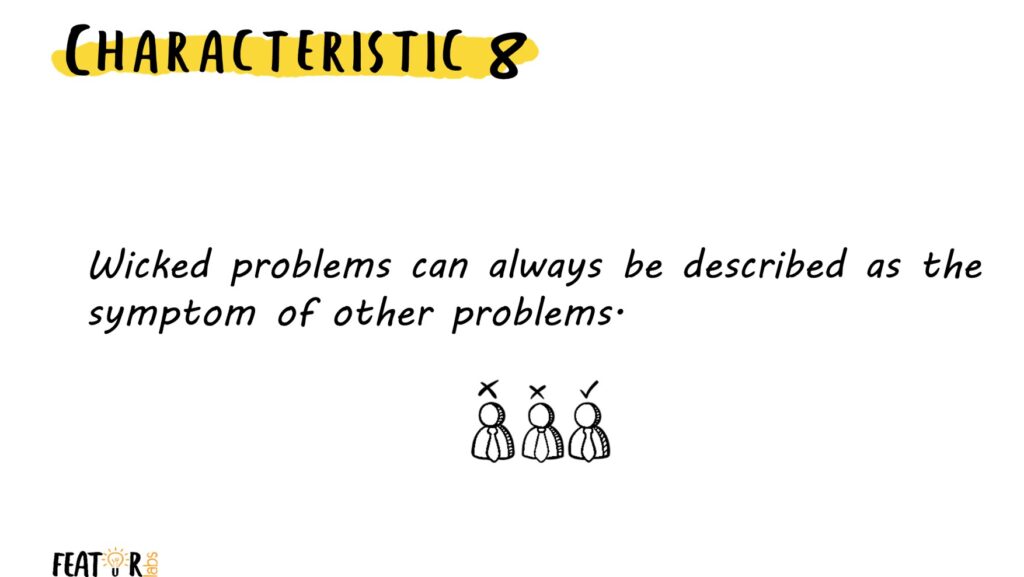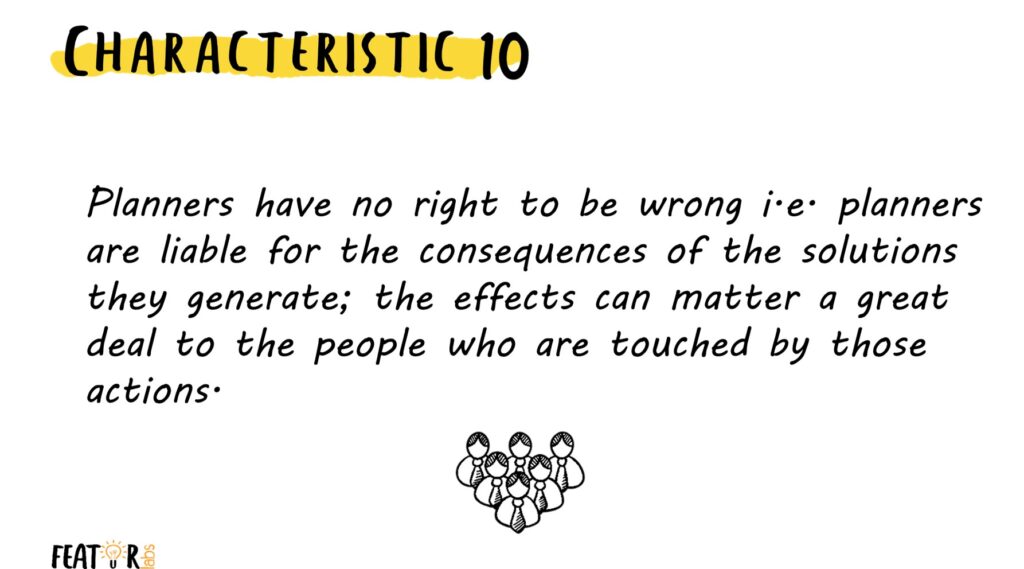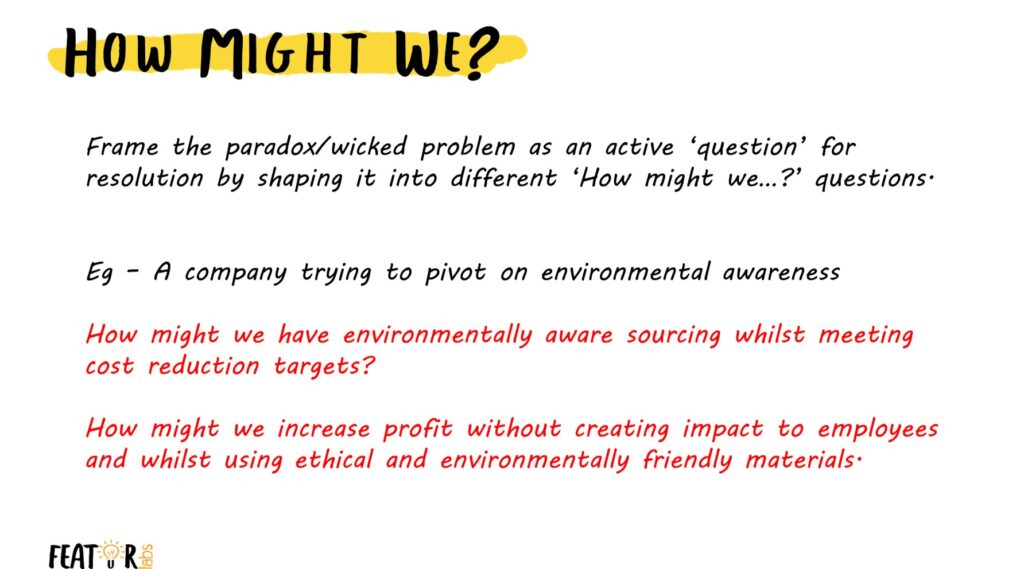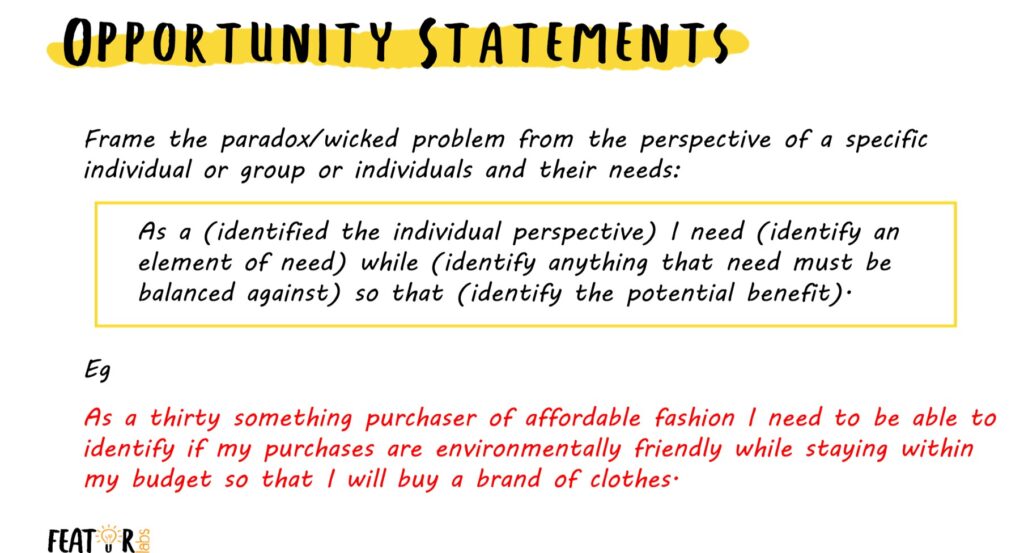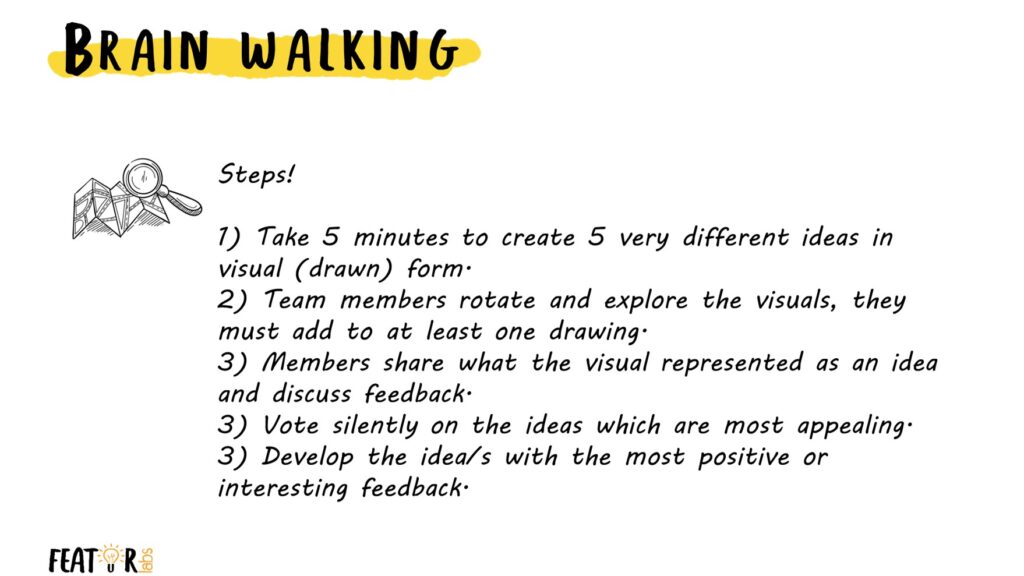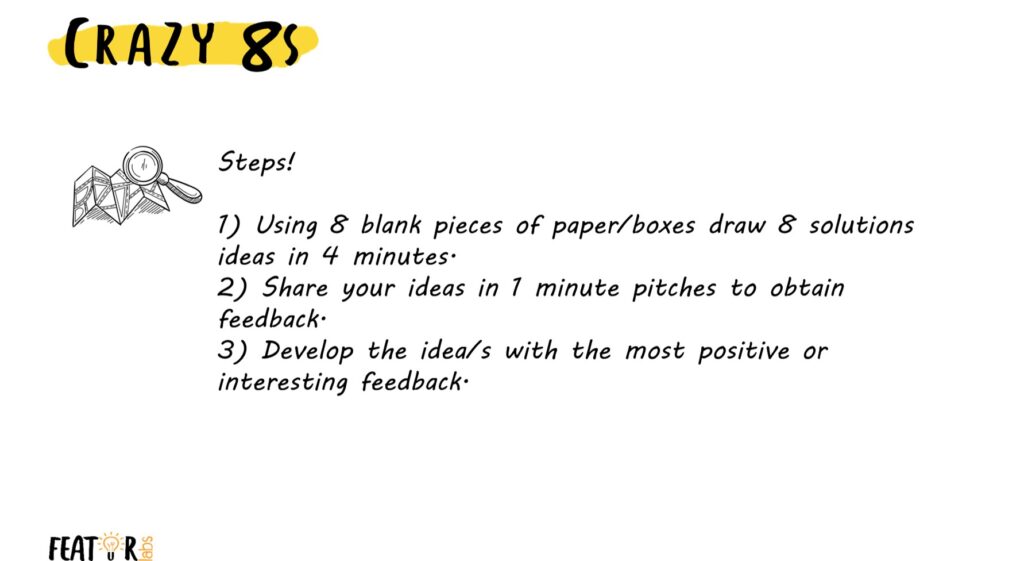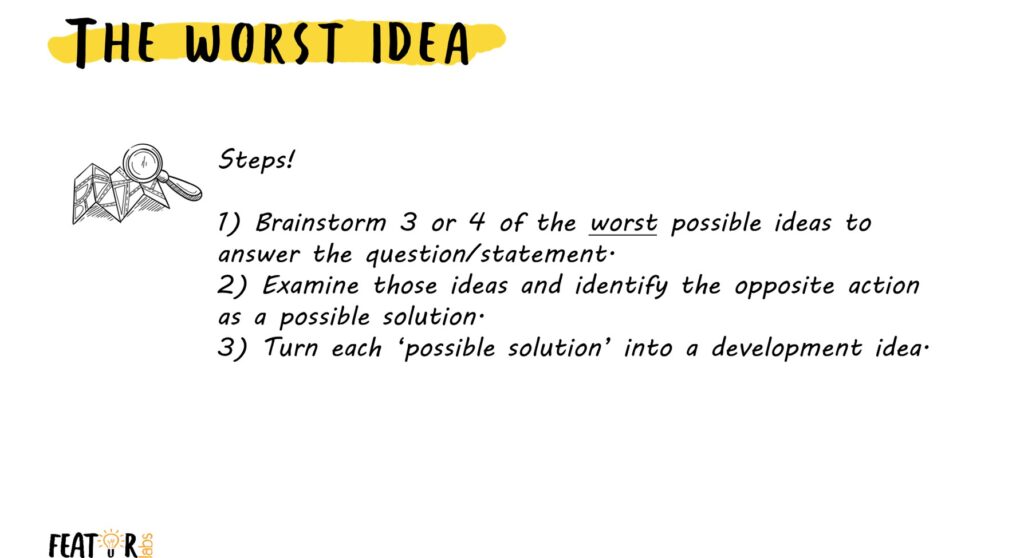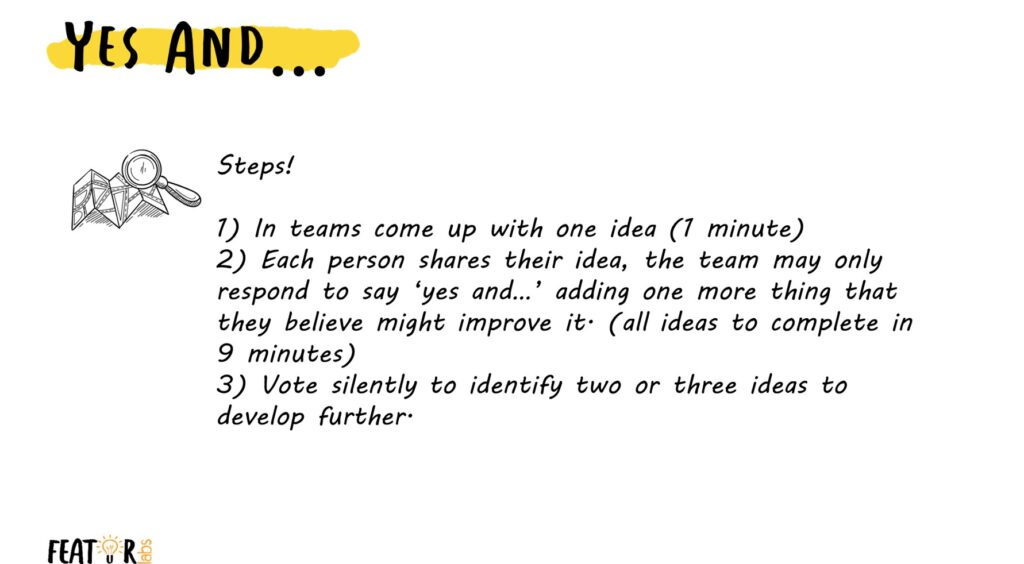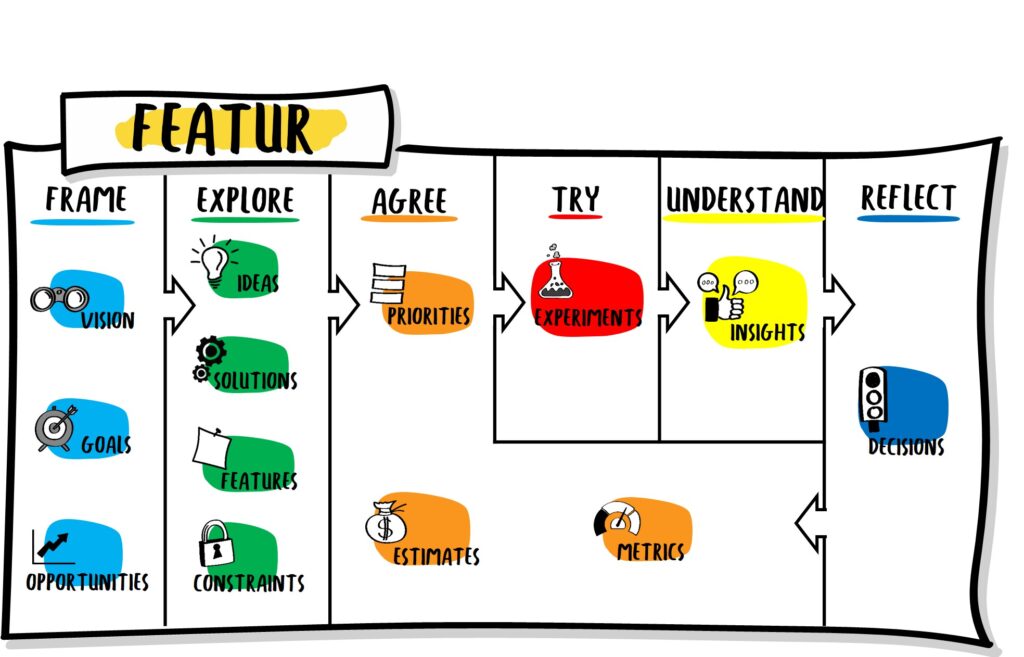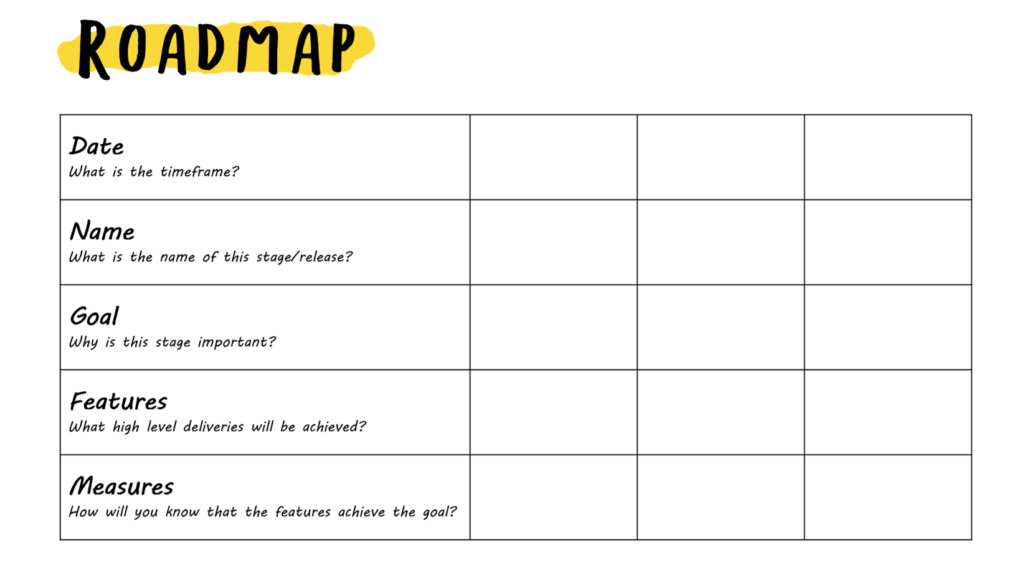“The search for scientific bases for confronting problems of social policy is bound to fail…They are ‘wicked‘ problems, whereas science has developed to deal with ‘tame’ problems.”
Rittel, H. W. J., & Webber, M. M.
What’s a ‘Wicked Problem’?
The term ‘Wicked Problem’ was defined in 1973, when design theorists Horst Rittel and Melvin Webber introduced it to classify the complexities and challenges of planning and social policy problems.
How to Identify Wicked Problems?
Wicked problems lack clarity in both their aims and solutions. They are difficult to articulate and they are subject to real-world constraints that prevent multiple and risk-free attempts at solving.
An original 10 characteristics were defined, however these should not be considered a checklist:
Wicked Problems at Work
Since the term was coined, business and market environments entered the Age of Digital. This triggered an enormous shift away from the predictability of industrial age work to the VUCA (Volatility, Uncertainty, Complexity, Ambiguity) of modern business.
This level of unprecedented challenge and the complexity of social responsibility, stakeholder/customer centricity means we are discovering more wicked problems at work.
Rather than examining these problems in the context of the original 10 characteristics, it can be helpful to narrow these down to 5 things to consider:
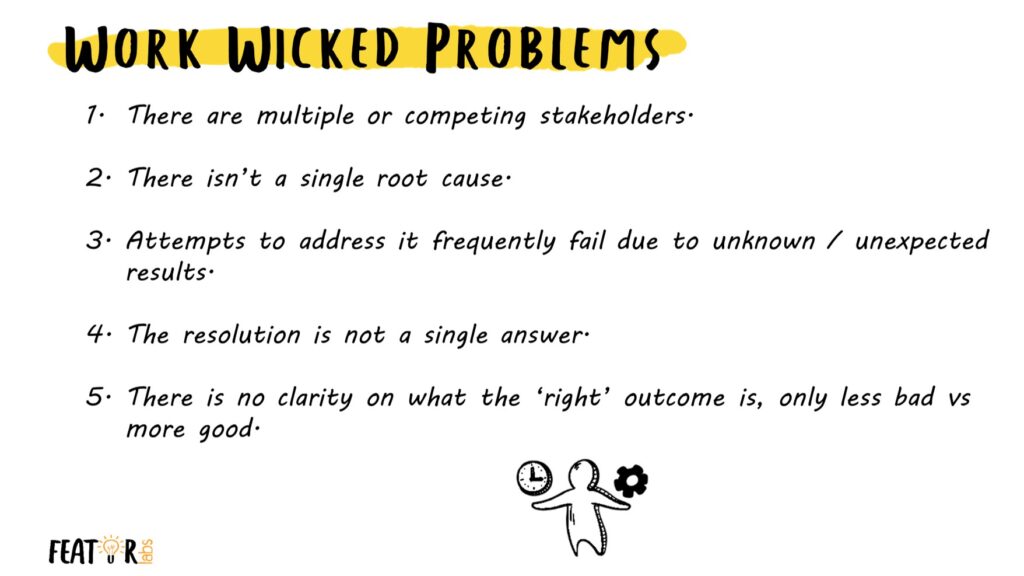
Solving Wicked Problems
Start with defining. The way that a Wicked Problem is defined correlates to the solutions uncovered. As a result one of the ways to start to identify potential solutions is to define the problem in a way that invites broad thinking.
This can be achieved by forming Wicked Questions. These engage people working on the problem to engage with it from different perspectives, needs and concepts.
Use of ‘How Might We…?’ questions and Opportunity Statements are two methods that prove helpful in this process:
Creating Potential Solutions
Once the perspective for potential solutions has been established, you have the opportunity to create solutions within the confines of the definition (which is why it is important to ensure the definitions are broad). There are lots of ways to come up with ideas, so try experimenting with a few.
Ideas can be refined in cycles where you begin by creating a lot of divergence, then narrowed to converge and identify which solution/s you will implement.
Below are some techniques to create the space to diverge and converge:
How To Implement Your Solution
It is notoriously difficult to experiment with or test the solutions to Wicked Problems without implementation, however using a business agility approach to pivot quickly based on objective information is a good method to reduce the risk of doing the ‘wrong’ thing.
Hypotheses
The first step in implementation is to take your solution and create a measurable hypothesis. There are four key ‘parts’ to a measurable hypothesis:
- the input (solution)
- the output (the thing that happens)
- the outcome (the result of that happening)
- the impact (the value it creates)
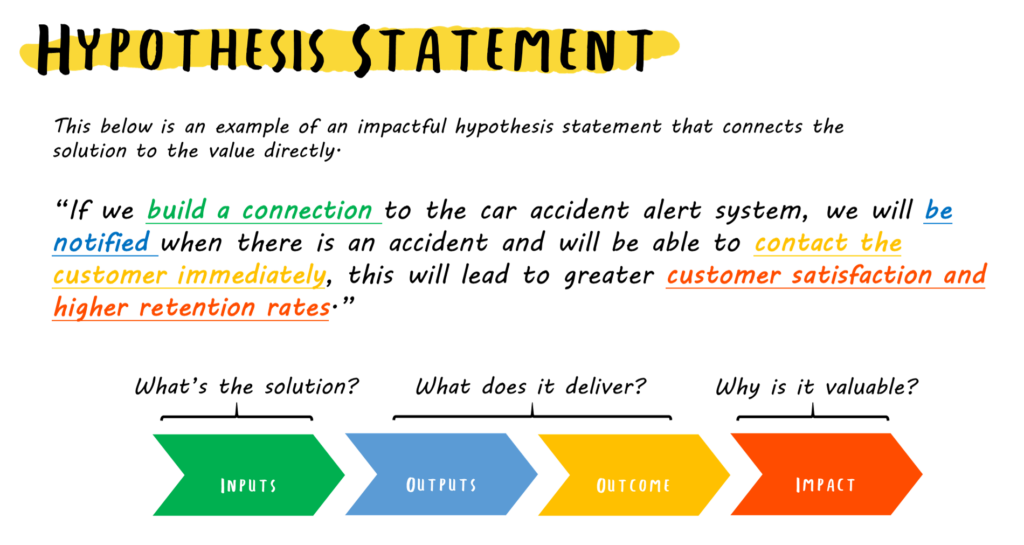
Once the solution is formed into a hypothesis and the value is clearly identified it is much easier to measure. It is essential to apply good metrics that enable both leading and lagging data to inform how the solution performs. Without measuring you cannot make effective decisions to pivot quickly.
Metrics
So what makes good metrics?
- You measure the ‘right’ thing – this case the identified impact of the solution
- You measure the system – what levers does the solution move within the system it is applied to?
- The metric is actionable – as a result of the information you can make a decision
- The metric is measurable – you are able to obtain the data needed easily
Beware of vanity metrics, these measures do link to value but create numbers that make you feel good if you don’t give them context. For example: you build an app and decide to measure number of downloads. It might feel good to know 5000 people downloaded it, but what percentage of them used it after download? Did they leave reviews? Did they spend any money or tell other people? If you only measured the download rate then you won’t be able to make important decisions about content, quality or marketing.
Implementation
Now you have your solution, your hypothesis and your metrics. That means you’re ready to implement, and to do that you need a plan. Instead of creating a traditional project plan, however, having a map of incremental and iterative implementation positions you better for pivoting. By using this approach you are able to substantially de-risk putting into place a solution that isn’t traditionally testable.
The templates below demonstrate two approaches to adaptive planning maps:
As you can see, both methods are designed to capture a continuous cycle of measuring and pivoting over time. These should be maintained as living documents, adjusted as you pivot based on your discoveries from delivering your solution to either change course entirely or to nudge in different directions.
And that is a short guide on approaching Wicked Problems, if you enjoyed this content check out the learning bite: Wicked Problems in our course centre or share your thoughts below.
